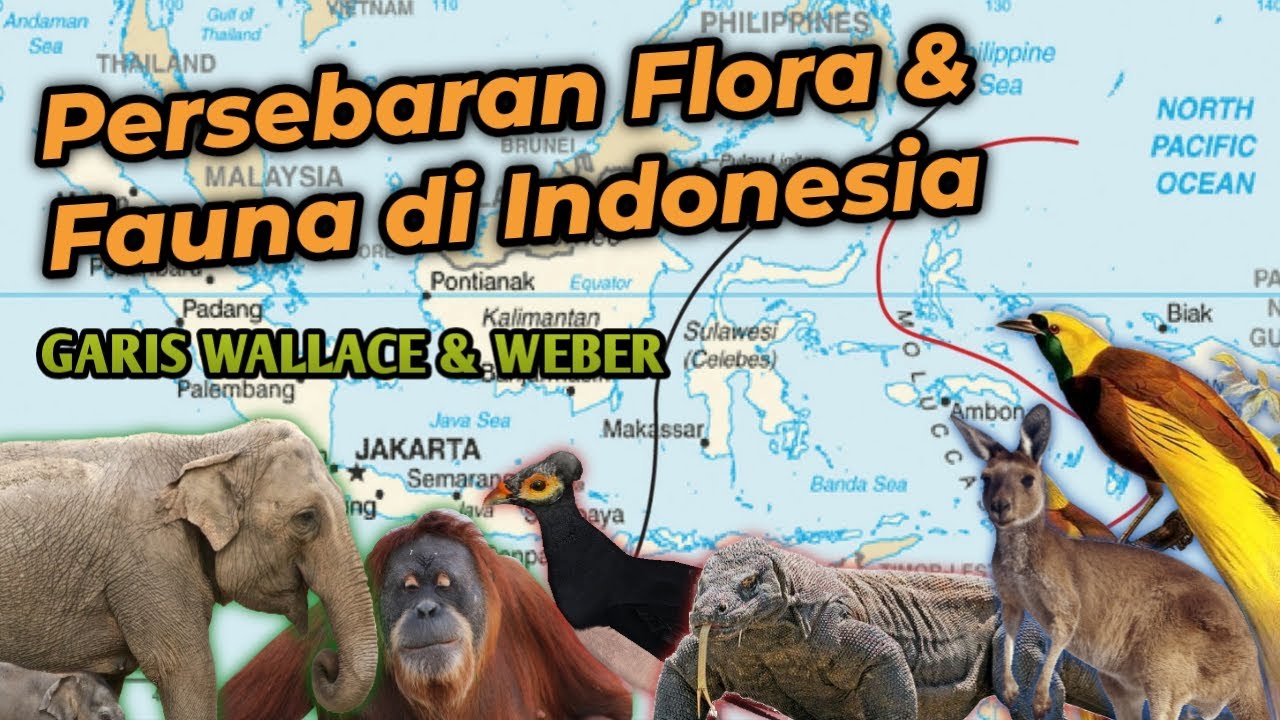NATURAL RESOURCES
Summary
TLDRThe Philippines, with its rich biodiversity, is home to over 14,400 plant species and 510 land animals, many of which are endemic and endangered, such as the Philippine Eagle. The country's vast natural resources, including mineral deposits and land, are crucial for its economy and livelihood. Land resources are essential for agriculture, residential settlements, and tourism, while forests, including tropical rainforests and monsoon forests, play a vital role in maintaining ecological balance and providing timber and other resources. However, the current state of these forests and their impact on the economy and wildlife require attention.
Takeaways
- 🌳 The Philippines is home to a rich biodiversity with over 14,400 plant species and 510 land animal species, many of which are endemic.
- 🦅 The Philippine Eagle, Tamaraw, Philippine Spotted Deer, Philippine Flying Lemur, and Philippine Crocodile are notable species found only in the Philippines but are currently endangered.
- 💎 The country is also rich in mineral deposits, with many of its mineral resources still unexploited according to scientists.
- 🌱 Natural resources in the Philippines are abundant and include land, water, forests, energy, and minerals, which are crucial for the production of goods and services.
- 🏞 Land resources are vital for life, providing essential needs and serving as the foundation for development, including agriculture, residential settlements, and tourism.
- 🏘️ In the Philippines, there are two classifications of land: alienable or disposable land, which can be privately owned, and forest land, which includes public forests and reserves.
- 🌲 Forests in the Philippines are predominantly tropical rainforests, which are part of the equatorial belt's ecosystem and include rainforests and monsoon forests.
- 🪵 Forests provide timber for hardwood products and contribute to the economy through various tree species like Nara and Pterocarp, which have both commercial and medicinal value.
- 🌿 Bamboo and mangroves are also important resources; bamboo for construction and mangroves for forming coastal barriers and supporting marine life.
- 🐾 Dense tropical rainforests are home to a variety of flora and fauna, including endangered species like the Tarsier, and they are essential for maintaining ecological balance.
- 🌊 Forests play a crucial role in protecting watersheds, which are vital for water regulation and supporting wildlife, including endangered species.
Q & A
How many species of plants and land animals are found in the Philippines?
-The Philippines is home to more than 14,400 species of plants and 510 species of land animals.
What is unique about some of the animals found in the Philippines?
-Some animals, such as the Philippine Eagle, Tamaraw, Philippine Spotted Deer, Philippine Flying Lemur, and Philippine Crocodile, are endemic to the country and can only be found there.
What is the status of the unique animals mentioned in the script?
-All the mentioned unique animals are now considered to be in danger.
What are the claims made by scientists about the mineral resources in the Philippines?
-Scientists claim that many of the country's mineral resources remain unexploited.
What does the term 'resources' refer to in the context of the script?
-In this context, 'resources' refers to the things which are used to produce goods and services that satisfy the needs of people.
How does the abundance of natural resources in the Philippines benefit its people?
-The richness of the environment helps people to earn a living and have means of livelihood, as natural resources are used as raw materials in the manufacture of goods or products needed by people.
What are the types of land resources mentioned in the script?
-Land resources include per teal, ample lands, expansive coastline, and rich mineral resources.
What are the benefits of land resources as described in the script?
-Land resources can produce food, serve as an energy source, provide habitats for animals, maintain natural processes and biodiversity, regulate climate and hydrological cycles, and provide space for residential settlements, cultivation, and recreational activities.
What are the two classifications of land in the Philippines mentioned in the script?
-The two classifications of land in the Philippines are alienable or disposable land, and forest land.
What is the significance of forests in the Philippines, according to the script?
-Forests are important for maintaining ecological balance, providing timber for hardwood products, generating income through exporting forest products, and offering employment through logging.
What are the types of tropical forest ecosystems found in the Philippines?
-The Philippines has tropical rainforests and monsoon or seasonal forests within its tropical forest ecosystems.
What are the current conditions of the forests in the Philippines as hinted at in the script?
-The script suggests that there is a need to know the present conditions of the forests, implying that there may be concerns about their health or sustainability.
Outlines

Cette section est réservée aux utilisateurs payants. Améliorez votre compte pour accéder à cette section.
Améliorer maintenantMindmap

Cette section est réservée aux utilisateurs payants. Améliorez votre compte pour accéder à cette section.
Améliorer maintenantKeywords

Cette section est réservée aux utilisateurs payants. Améliorez votre compte pour accéder à cette section.
Améliorer maintenantHighlights

Cette section est réservée aux utilisateurs payants. Améliorez votre compte pour accéder à cette section.
Améliorer maintenantTranscripts

Cette section est réservée aux utilisateurs payants. Améliorez votre compte pour accéder à cette section.
Améliorer maintenant5.0 / 5 (0 votes)






